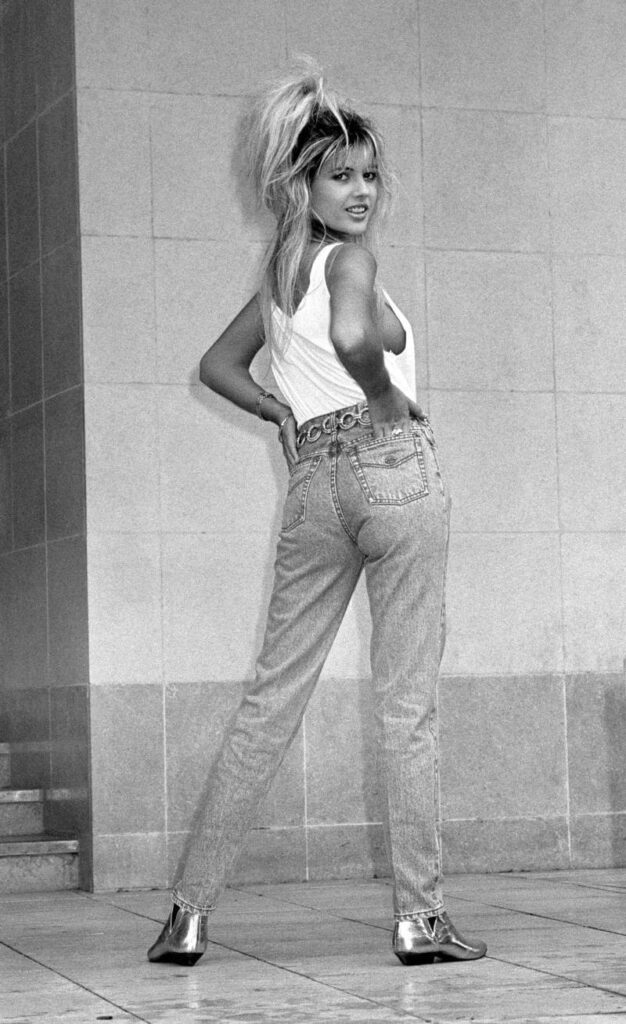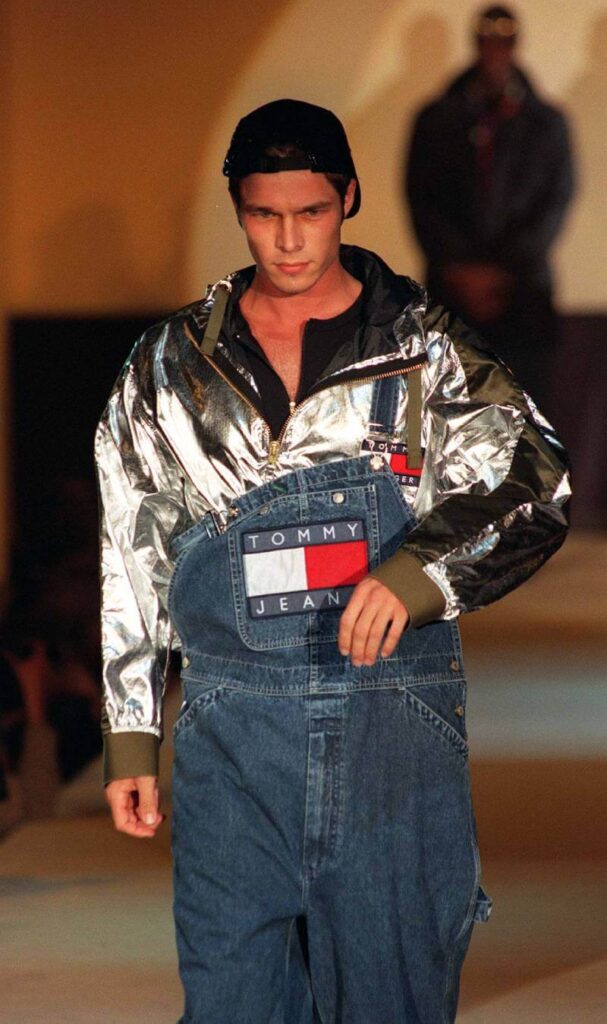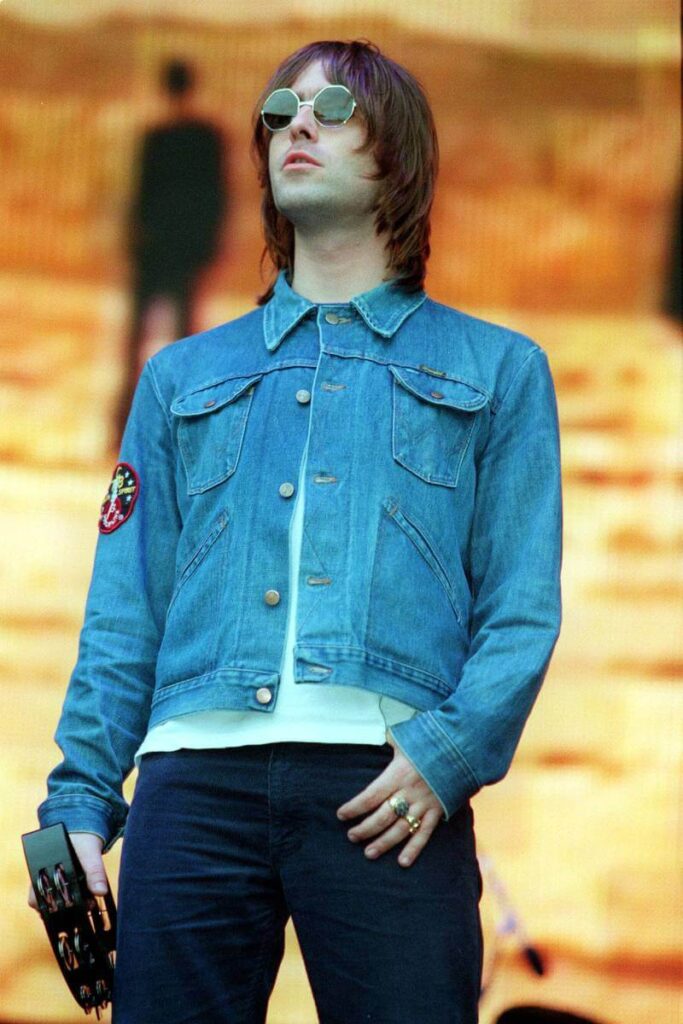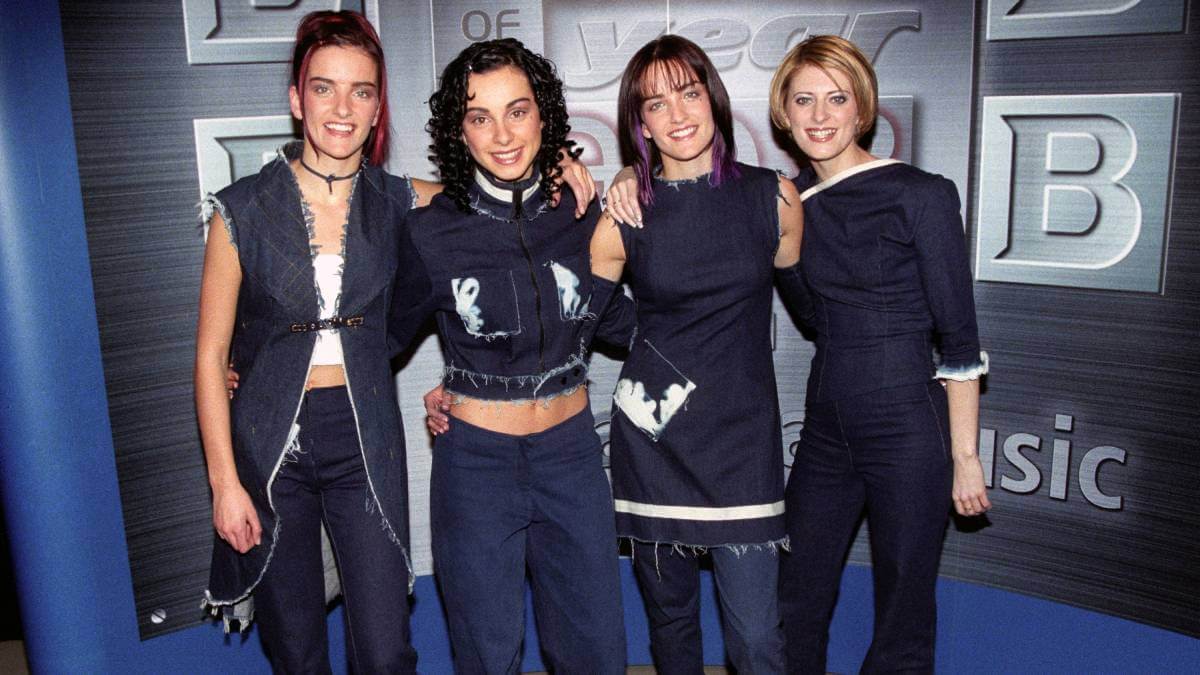Once the preserve of the working class, denim has scaled the heights of the fashion world and is now regularly seen in designer collections and on the catwalks.
But how did this tough textile become so loved? We trace the history of denim from its humble beginnings.
Pre-17th century
A fabric called ‘serge de Nimes,’ made of silk and wool, is produced in England and France. It appears the word denim was derived from this term, but it’s unclear how the cotton fabric we now know as denim got its name. Around the same time, a similarly hardy textile called ‘jean’, named after Genoa in Italy, is imported and eventually produced in England.
1789
President George Washington tours a mill in Massachusetts that weaves both denim and jean fabrics. In the same year, the word denim appears in print for the first time when a Rhode Island newspaper reports on local textile production.
1860s
Denim is defined in Webster’s dictionary as “a coarse cotton drilling used for overalls, etc”, but its use is reserved for working men. Advertisements show labourers, mechanics and painters wearing overalls and trousers made of jean.
1873

When Jacob Davis, a tailor in Reno, Nevada, is asked to make a robust pair of trousers for a local woodcutter, he decides to reinforce the rivets on the design. The pants prove extremely popular, but Mr Davis can’t afford to patent the idea, so he writes to his fabric supplier, Levi Strauss, for help. ‘Waist overalls’, as early Levi’s were called, were made in ‘cotton duck’ fabric and denim.
1908
Levi’s jeans are a great success, but the patent expires, allowing other players to enter the market. An ad for Lee’s ‘cowboy pants’ plays on denim’s rugged mid-west rancher associations.
1920s
Middle class Americans from the east coast holiday on dude ranches in California and the Midwest, bringing home jean garments and boosting their popularity across the country.
1950s
Jeans start to appeal to youngsters after they’re worn by Marlon Brando and James Dean on the silver screen, capturing the post-war counter-culture spirit. They were later banned in American schools, which only serves to fuel demand, and the term jeans is adopted instead of overalls.
1960s

Denim goes global, returning to the continent from which it originated and gaining popularity in Asia after American GIs took jeans overseas during World War II.
1973

Sales continue to rise as straight leg jeans make way for trendy flares, but later in the decade, demand for denim fades in favour of modern polyester fabrics.
1980s

The drainpipe, a precursor to the skinny jean, is the shape of choice for those in the know and designer brands enter the fray for a big fat slice of the action, charging hundreds of dollars for jeans emblazoned with their logos.
1994

Baggy jeans become a hit with musicians and fans alike on the burgeoning hip-hop scene. But when the US men’s soccer team kit – made of polyester and featuring a blue stonewashed denim print – is unveiled ahead of the 1994 World Cup, it is deemed a dreadful own goal.
2001

Denim seemed to appear everywhere in pop music – everyone from Liam Gallagher to Britney Spears and Justin Timberlake were sporting it. Remember the time they turned up to the American Music Awards in denim ‘formal’ wear? It was then that ‘Britney jeans’ – an extremely low-slung style with the waistband cut off – entered the fashion lexicon.
2009
The recession hits the designer jeans market hard. “Charging $600 for jeans for no reason at all – those days are over,” says Levi’s senior vice-president of women’s merchandising and design, You Nguyen.
2017

But the product’s hallmark durability meant it would not be long before it regained its strut. In 2017, designer collections were filled with high-end denim once more. Carolina Herrera even sent an all-denim, strapless, corseted gown down the runway at New York Fashion Week, while on the high street, embroidered and patched jeans and jackets made a comeback.
2023
The trend for this year is the cargo jeans. Big and baggy, this oversized silhouette is straight out of the Y2K era and has become so popular, it’s infiltrating the denim category, too.
What’s your favourite denim trend? Do you tend to gravitate towards a certain style of jeans? Let us know in the comments section below.
Also read: How to find the perfect pair of jeans for your size and style
– With PA

